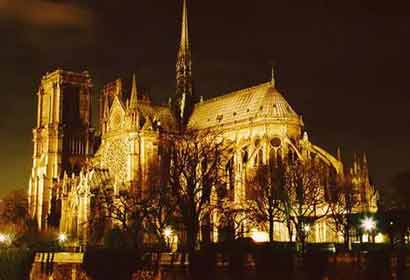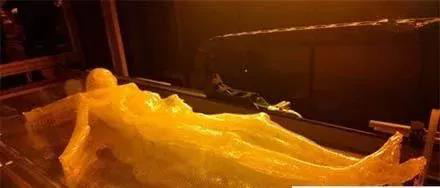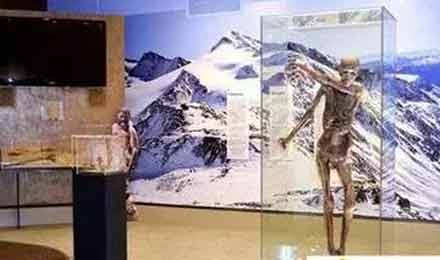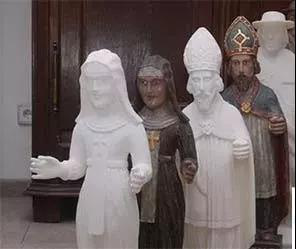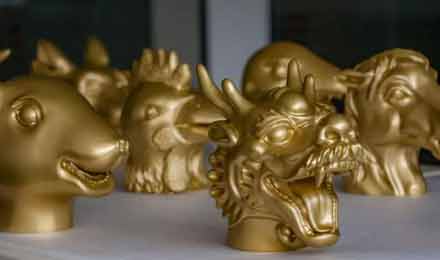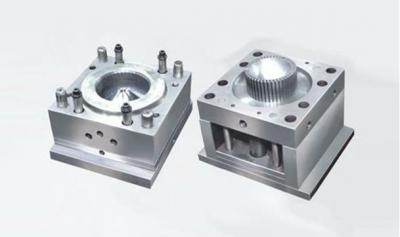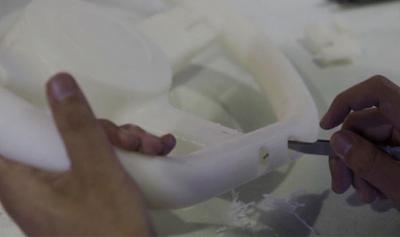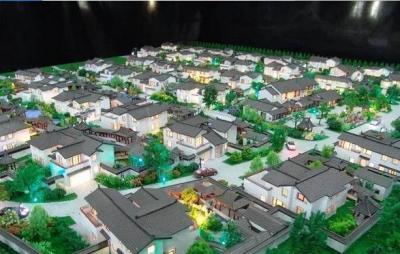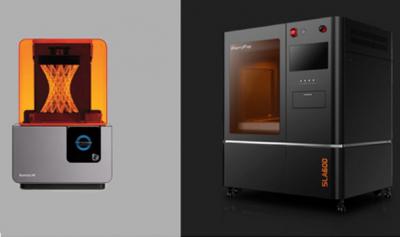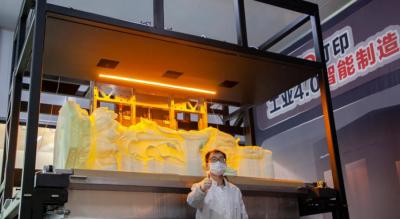Notre Dame Cathedral in Paris was badly damaged in the fire. It was heartbreaking and it sounded the alarm for the protection of cultural relics at the same time. Notre Dame in Paris was on fire. It would have been better to have three-dimensional scans before. This important cultural relic, in fact, can use 3D scanning technology to scan both inside and outside to get accurate 3D data. Then use a 3D printer to copy a smaller version, which will be very conducive to the repair work. Some experts on cultural relics said that preventive protection and digital protection and utilization are important means to improve the level of protection and utilization of cultural relics. At present, all parts of China are accelerating the digital protection of cultural relics and recording ancient cultural relics with modern science and technology.
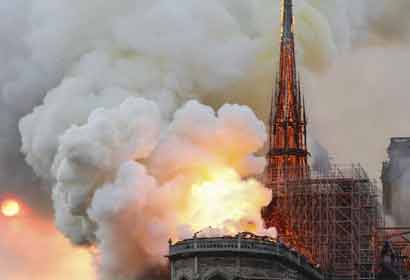
In recent years, with the continuous development and maturity of technology, the application of 3D printing in the field of archaeology is deepening. Archaeologists around the world began to use 3D printing technology for the restoration and restoration of cultural relics, which makes many precious relics to be reproduced.
As a leading global technology provider of integrated solutions for 3D printing in the whole industrial chain, Vista has launched a series of high-performance 3D printing equipment and printing materials to provide assistance for the protection of ancient buildings and cultural relics in China. 3D printing technology has very practical value in the restoration or reconstruction of Chinese traditional cultural relics.
Based on the concept of digitalization, 3D printing technology can transform ancient architectural relics into 3D digital model files for preservation, providing data support for future restoration or reconstruction.
In order to obtain accurate data about cultural relics, we can use high-tech three-dimensional laser scanner and other means to describe the shape of the original cultural relics very accurately. The power of digital replication also lies in their digital nature - they can be easily stored, edited and shared around the world.
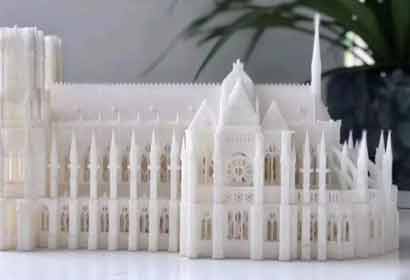
In addition to preserving precious cultural relics through the digitalization of Bogu Museum, some scientific research institutes have begun to use 3D printing technology to copy cultural relics, so as to preserve the historical original appearance of precious cultural relics. For example, the Yungang Grottoes Research Institute, in conjunction with the digital team of the Institute of Cultural Heritage of Zhejiang University, has restored the third grotto of Yungang Grottoes at a ratio of 1:1 for two years. It is amazing that the magnificent, exquisitely carved statues and complete grotto shapes can be preserved and the traces of the grottoes weathered for thousands of years can be restored after the implementation of the cultural relics reproduction project with 3D printing technology.
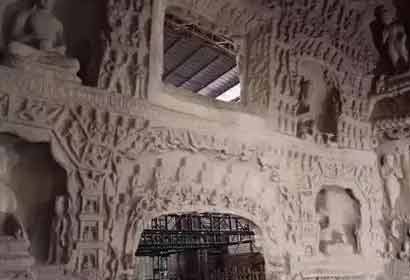
Compared with traditional methods, the use of 3D printing technology to repair cultural relics can often achieve a good effect of non-destructive, fast and accurate, with a shorter time and a higher degree of reduction. When copying precious cultural relics, we first use 3D scanning to digitally reconstruct the cultural relics and construct the real three-dimensional model of the cultural relics. Then, the model is printed out by a 3D printer. Finally, the copied cultural relics are processed later, including surface color, decoration processing and so on. Throughout the process of restoration of 3D printed cultural relics, the probability of secondary damage caused by human touch is low, and the artistic value of cultural relics can be restored to the maximum extent, and the world can appreciate the beauty of classical cultural relics more deeply.
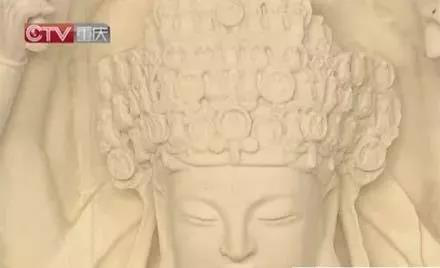
Introduction of 3D Printing Technology into the Rehabilitation Project of Thousand-Handed Avalokitesvara in Dazu Stone Scenic Area of Chongqing
A 1:3 Scale 1000-Hand Avalokitesvara Model Printed in 3D
Three-dimensional printing technology also has a very obvious advantage. It can adjust the proportion of prints according to the need, and can easily obtain one-third and one-half of the proportion of cultural relics. This is difficult or even impossible to do in traditional replication.
A replica of the mummy Iceman Oates made by American sculptors using 3D printing technology
To prevent the theft of precious cultural relics, European churches use 3D printing technology to make copies.
Although the restored cultural relics and ancient buildings can not completely replace the destroyed cultural relics and ancient buildings, it is undeniable that 3D printing restoration technology will become an indispensable important technical support in archaeology, cultural relics appreciation and other fields. With the maturity of 3D printing technology, the establishment and information storage of digital models of cultural relics and archaeological sites are realized by computer technology, and then the digital models are managed and applied. We predict that 3D printing technology will have broader research and application prospects in the field of cultural relics restoration.
Vistar 3D Printing 12 Zodiac Animal Head Model

